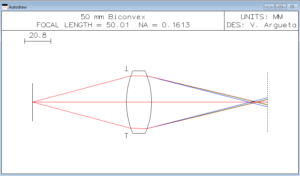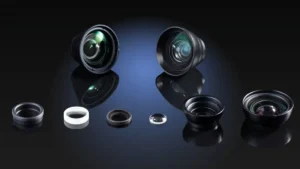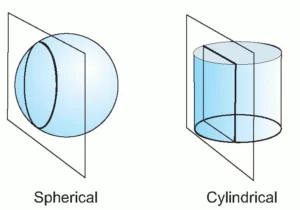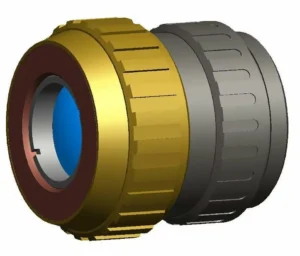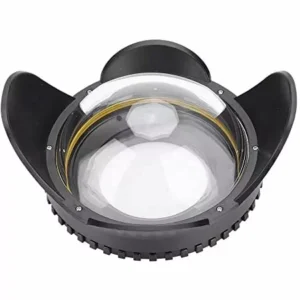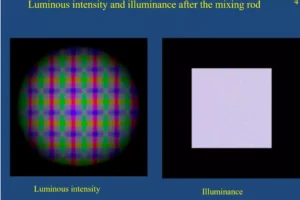Optical engineers focus their design efforts on the optimization of the optical components and image analysis to reduce aberrations and other unwanted image distortions. However, the optical components are not the only area where a light signal can be distorted. Photodiodes, CCD and CMOS sensors can be a source of unwanted signals- commonly referred to as noise- that will affect system performance.
Here are four common noise sources in photodetectors including CMOS and CCD imagers.

Dark Noise, Dark Current.
Ideally, when a photon hits a semiconductor device, we want for it to create a electron-hole pair that will create a current. Ssometimes, we may have a current even when there are no photons landing on the photodetector. Why is that? Well, there are many reasons: imperfections in the semiconductor structure, the random behavior of electrons due to quantum mechanics, and temperature or poorly designed electronics. Dark current is particularly annoying in CMOS and CCDs.
Shot Noise
When we detect an optical signal, the flow of photons into the photodetector is not constant. You may think of it as variations on light intensity. We don’t usually care because of the huge numbers of photons that hit the photodetector every second. However, when we are working in very low light conditions, then those variations become important because our detected signal value will be jumping all over the place. Those variation of the detected signal from one instant to the next is called the shot noise.
Thermal Noise
Thermal noise is particularly important in communication systems. As the name suggests, it is caused by the temperature in the semiconductor. That non-zero temperature causes electrons to move and that movement can produce a current ( they can have enough energy to jump into the conduction band) and create a noise signal.
As the temperature increases, the noise becomes more relevant, limiting the minimal signal that can be detected by the sensor. In some systems, like telescopes, where we are working with extremely low signals, it is necessary to cool down the semiconductors with liquid nitrogen to reduce the presence of thermal noise.
1/f noise
This noise is quite interesting. It is dependent on the frequency of the signal that’s being detected. The lower the frequency, the higher the noise. It is usually very low compared to the other noises that we have mentioned so far. It can be found in some passive elements and amplification systems.
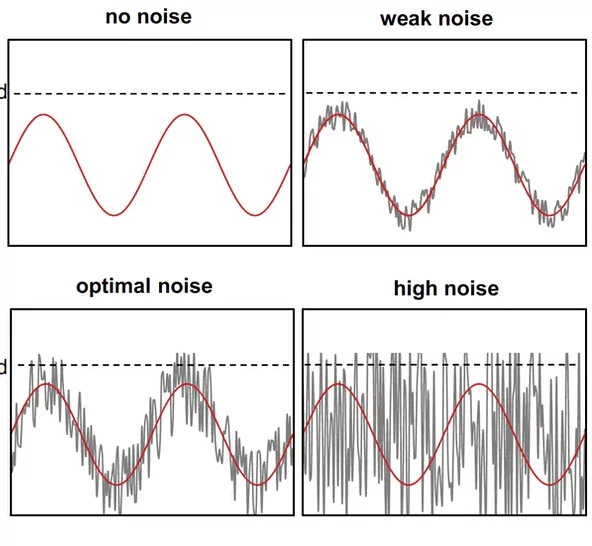
Noise will limit the lowest signal that the system can be detected
Conclusions
This is just a quick overview of some of the most important kinds of noise that we can encounter in opto-electronic devices. Which one is more relevant will depend on your particular application. Although noise is inevitable, it can be controlled and bring down to acceptable levels by using high quality components, good grounding, efficient temperature control, and good optical filtering, among others.
